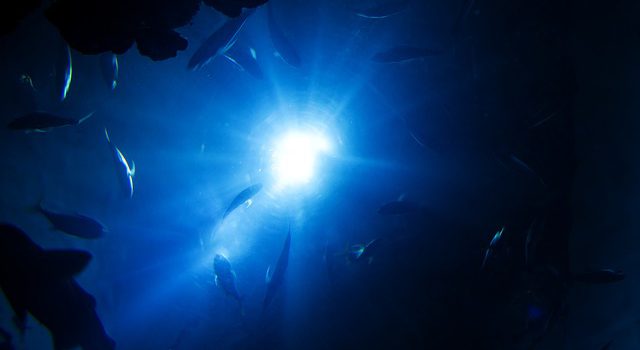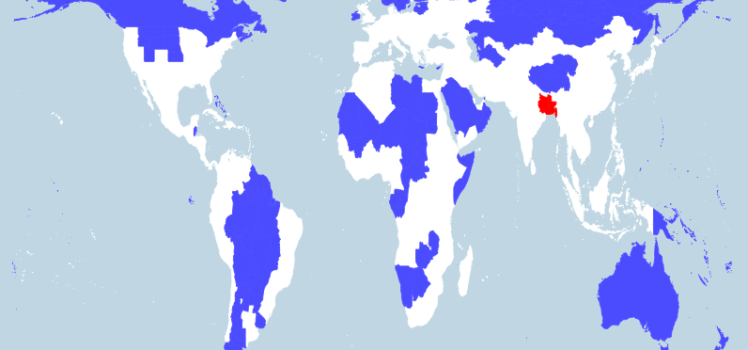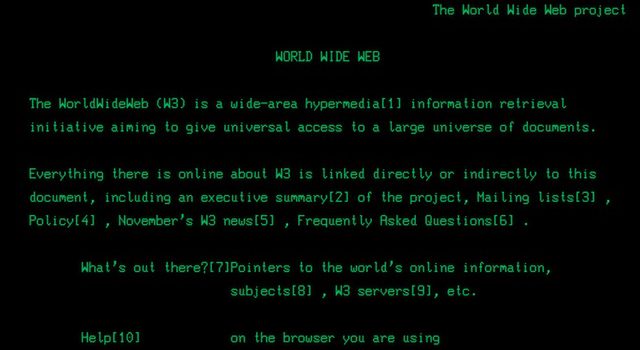Monthly Archives August 2016
Max Galka [@galka_max] on global population densities. Just 5% of the world lives in the entire blue area. Another 5% lives in the red area. Good to see discussion of Gall-Peters v Mercator. I sit with Gall-Peters when a globe is not available!. [Am pretty sure the GTAV were one of the first to introduce this in the 80's... had one…
On July 27, 2016, Michigan-based Vayu, Inc., in collaboration with the Stony Brook University Global Health Institute completed the first ever series of long-range, fully autonomous drone delivery flights with blood and stool samples, setting records in the process. The samples were flown from villages in rural Madagascar to Stony Brook University's Centre ValBio, a central testing facility located adjacent…
Those of us over thirty years of age, may have lived the majority of our lives without the World Wide Web, yet I imagine it is increasingly more difficult to remember what that was like. Perhaps more significantly, those under thirty have only lived with the World Wide Web. 25 years ago, the first website was launched. A simple announcement in a…
I doubt we will get to choose 1.5... An excellent public lecture today in Lab-14 co-hosted by the Australian-German Climate and Energy College, the Climate Institute and the Melbourne Sustainable Society Institute. Thank goodness for the University of Melbourne! In this talk Dr Tabea Lissner (Climate Analytics) and the Potsdam Institute for Climate Impact Research presented regionally differentiated analysis on impact shifts…
Yes. Genuinely EPIC. I learnt about Lagrange Points at school, never imagined I could see what the earth looked like from one of them. Is this not truly awe-inspiring? On July 20, 2015, NASA released to the world the first image of the sunlit side of Earth captured by the space agency's EPIC camera on NOAA's DSCOVR satellite. The camera…
Well, if you live in Australia, then don't worry, you might be about 1.5 metres "off". A team from GEOSCIENCE Australia are about to recalculate the nation's latitude and longitude coordinates, which are currently out by more than 1.5 metres. Australia sits on the fastest moving continental tectonic plate in the world, thus coordinates measured in the past continue changing over…






